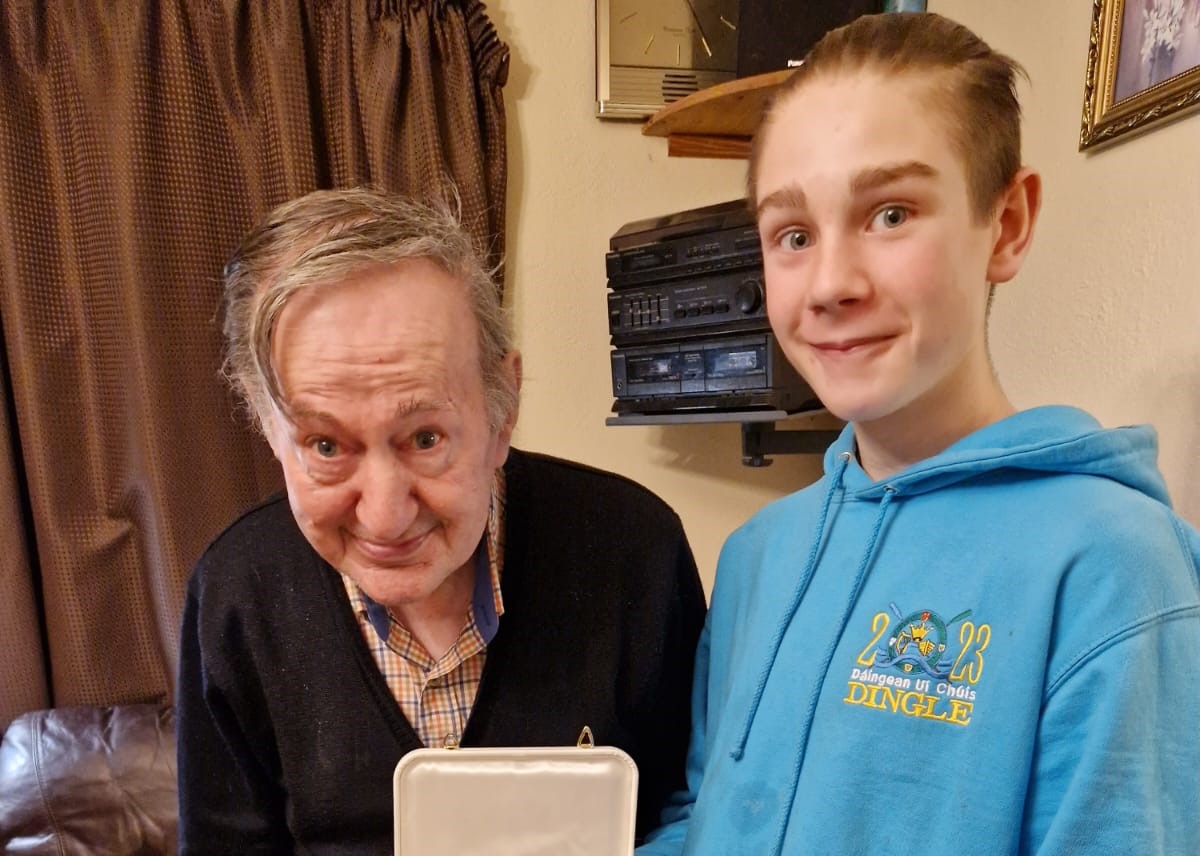
4 minute read
Putting The Buzz Into Millstreet: Raising Awareness Of Pollinator Conservation In My Town
By DANIEL BOURKE

My name is Daniel Bourke. I’m in 2nd Year in Millstreet Community School. In January, I will participate in the BT Young Scientist and Technology Exhibition with my project entitled Putting The Buzz Into Millstreet: Raising Awareness Of Pollinator Conservation In My Town. My interest in bees began last February when I attended a “Beekeeping for Beginners” course provided by the Duhallow Beekeepers’ Association. In June, my family acquired a hive of honeybees. I’ve been fascinated and the more I learn about bees the more interesting the topic becomes. There are 99 bee species in Ireland of which the honeybee is only one, but there are 98 wild bee species too! These wild bee species are vital for pollination which is critical for our food production and environment for major economic, health, wellbeing, and biodiversity reasons. If we did not have pollinators, we would not have the mix of locally grown fruits and vegetables due to reducedcrop yield and quality nor would we have the mix of beautiful wild flowers in our countryside. However, our wild bee pollinator species are under threat. Fifty percent of our wild bee species have declined since 1980, and 33% are currently threatened with extinction primarily because the available food sources for them have reduced due to intensive farming and gardening methods. Lush grassy fields and manicured lawns are like a barren desert to bees! Also, wild bees are finding it more difficult to find safe areas to nest. Without wild bees, Ireland would look very different. There is good news because there are simple actions we can take as a community to allow our pollinators to survive and thrive. A full list of the actions that can be taken is available in The All-Ireland Pollinator Plan (www.pollinators.ie). Here are examples:
● Reduce lawn mowing during the spring and summer to allow flowers such as dandelions, clover and black knapweed to bloom and allow whitethorn in our hedgerows to flower, providing rich protein sources from pollen.
● Allowing or creating areas for wild bees to nest and overwinter, such as year-long uncut grass, cracks in walls or “bee hotels”.
● Plant non-invasive pollinator-friendly plants in gardens such as lavender, rosemary and lupins.
● Reduce use of pesticides and herbicides.


My BT Young Scientist project is about:
● Understanding the knowledge level in my age group of pollinators and the threat that they are under using a survey of schools in Duhallow.
● Raising awareness of the criticality of these wild pollinators and simple actions that can be taken.
● Identifying opportunities ready for action in my local town of Millstreet with the use of a simple questionnaire.
I would like to grow this initiative well beyond my current BT Young Scientist project by taking significant action to protect our pollinators and my goal for this article is to raise awareness.

I would like to give thanks to Ms. Quilter, my science teacher as well as my grand uncle, Andy Bourke, and my dad who sparked my interest in bees.












